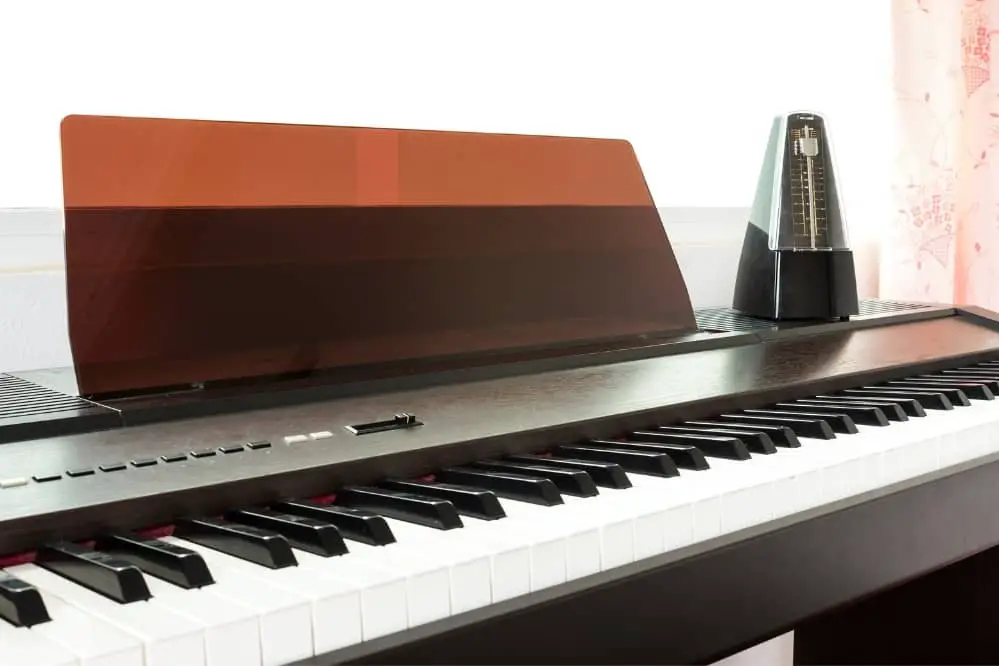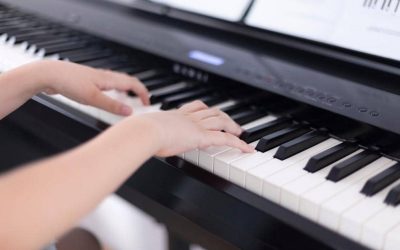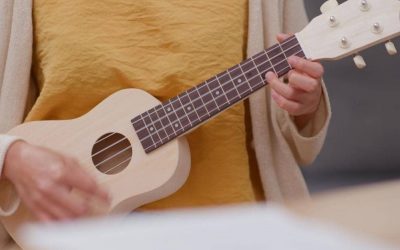When you’re a pianist, you know how important rhythm is. After all, playing the piano is much more than just playing notes on some sheet music. Without the right rhythm, music just won’t sound right, and while it’s true that piano players have a lot of things going on at the same time, working on your rhythm is still vitally important. To be the best pianist you can be, you have to work on your rhythm on a regular basis so that your performances are all top-notch. Below are five ways you can improve your rhythm if you’re a piano player.
Listen and Review Yourself Playing the Music
If you haven’t made playing your music back and listening to it a regular part of your practice sessions, you should definitely start. You can play all day long, but unless you hear for yourself what you sound like when you play, it won’t do much to help your rhythm. While you’re listening to what you just played, don’t be too hard on yourself. After all, practice is necessary for a reason. Just listen carefully to the notes and how the music feels to you so that you can correct your mistakes and learn how to play better.
This is one of the best ways to improve piano rhythm because you’ll be able to hear exactly what you’re doing right and what you’re doing wrong as well, allowing you to determine what to do next.
Utilize Apps to Help You Learn the Rhythm
Just like any other skill, there are now apps you can download to help you work on your rhythm. Some of these apps include Rhythm Sight Reading Trainer, Piano Maestro, and Rhythm Cat, and they are simple to use and easy to understand. Most of these apps concentrate on things such as reading rhythms, practicing your counting, and teaching you how to “feel” the beat. If you clap or tap out the beat while you’re using the apps or as you listen to a recording of yourself playing, it can help you learn even faster.
There are dozens of apps you can choose from to help improve your rhythm, and since many of them are free, you won’t have to break the bank just to get an app that can help you.
Play with a Metronome or Backing Tracks
Having a metronome or even additional music playing in the background as you play can help you improve your rhythm. Think about it – with every beat in the background, it becomes easier for you to learn how to establish better rhythm as you play. You don’t even have to play the entire song this way; just do so on the tricky parts and the parts that are more challenging to you. Both backing tracks and metronomes keep the rhythm perfectly the entire time you’re playing, so you get a much better sense of the rhythm and feel of the song.
Some piano music even comes with a CD that you can use as a backing track, so it’s easier than you think to use either one of these suggestions as you practice.
Tap Your Foot
Not all musicians tap their foot as they play, but the ones who do definitely get a better sense of rhythm because this foot-tapping allows you to “feel” the rhythm a lot better. For musicians who aren’t used to tapping their foot as they play, it’s easier than you think to get used to it, and it can help your rhythm tremendously. For those who automatically tap their foot and consider this a natural reaction to playing music, they usually have a better sense of rhythm than those whose foot stands still as they play.
In fact, tapping your foot and even swaying to the music are natural reactions for a lot of people, but that doesn’t mean they can’t be learned. If you learn to do one or both of these things, they’ll feel natural after only a short time, and they go a long way in learning how to improve piano rhythm over time.
Try to “Feel” the Rhythm in Your Body
If you internalize the rhythm of the song you’re playing in your body, you’ll both understand this rhythm and you’ll feel the beat at the same time. To improve your rhythm, you can nod your head, clap your hands, or even count out loud as the song is being played. It’s all about feeling a consistent tempo so that the rhythm is just right every time you play the song. In a sense, you have to become one with the music, not just sit at the keyboard and tap on the keys.
Once the music becomes a part of you, it will be easier to feel the rhythm of each song you play and therefore all of your music will sound much better.





